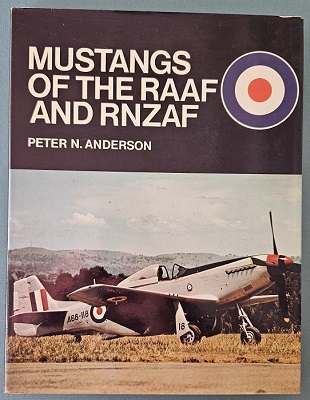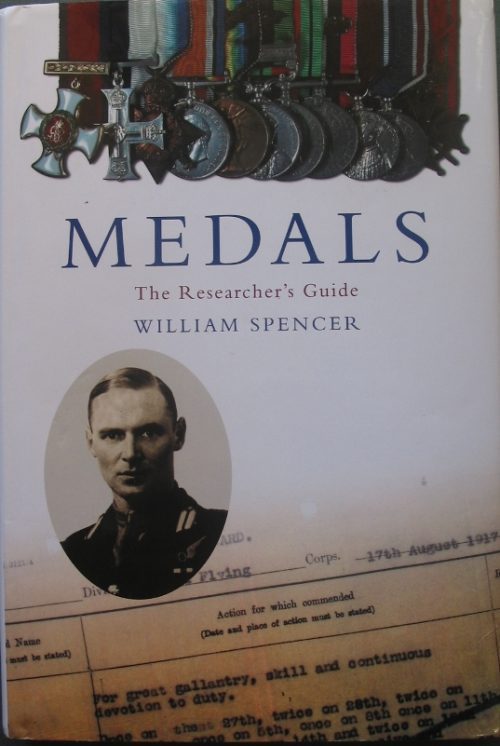Description
Title: Mustangs of the RAAF and RNZAF
Author: Anderson, Peter N
Condition: Very Good +
Edition: 1st Edition
Publication Date: 1975
ISBN: 0589071300
Cover: Hard Cover out Dust Jacket – 108 pages
Comments: This book is a complete record of the North American Mustang fighter in Australian and New Zealand during World War 2 and the post World War 2 period.
The North American Aviation P-51 Mustang was an American long-range, single-seat fighter and fighter-bomber used during World War II, the Korean War and several other conflicts. During World War II, Mustang pilots claimed 4,950 enemy aircraft shot down, second only to the Grumman F6F Hellcat among Allied aircraft.
It was conceived, designed and built by North American Aviation (NAA), under the direction of lead engineer Edgar Schmued, in response to a specification issued directly to NAA by the British Purchasing Commission; the prototype NA-73X airframe was rolled out on 9 September 1940, albeit without an engine, 102 days after the contract was signed and it was first flown on 26 October.
At the start of Korean War, the Mustang was the main fighter of the United Nations until jet fighters such as the F-86 took over this role; the Mustang then became a specialized fighter-bomber. Despite the advent of jet fighters, the Mustang remained in service with some air forces until the early 1980s. After World War II and the Korean War, many Mustangs were converted for civilian use, especially air racing.
In November 1944, 3 Squadron RAAF became the first Royal Australian Air Force unit to use Mustangs. At the time of its conversion from the P-40 to the Mustang the squadron was based in Italy with the RAF’s First Tactical Air Force. By this time, the Australian government had also decided to order Australian-built Mustangs, to replace its Curtiss Kittyhawks and CAC Boomerangs in the South West Pacific theatre. The Commonwealth Aircraft Corporation (CAC) factory at Fishermans Bend, Melbourne was the only non-US production line for the P-51.
In 1944, 100 P-51Ds were shipped from the U.S. in kit form to inaugurate production. From February 1945, CAC assembled 80 of these under the designation CA-17 Mustang Mark 20, with the first one being handed over to the RAAF on 4 June 1945.
New Zealand ordered 370 P-51 Mustangs to supplement its F4U Corsairs in the Pacific Ocean Areas theatre. Scheduled deliveries were for an initial batch of 30 P-51Ds, followed by 137 more P-51Ds and 203 P-51Ms. The original 30 were being shipped as the war ended in August 1945; these were stored in their packing cases and the order for the additional Mustangs was cancelled. In 1951 the stored Mustangs entered service in 1 (Auckland), 2(Wellington), 3 (Canterbury) and 4 (Otago) squadrons of the Territorial Air Force (TAF). The Mustangs remained in service until they were prematurely retired in August 1955 following a series of problems with undercarriage and coolant system corrosion problems.



